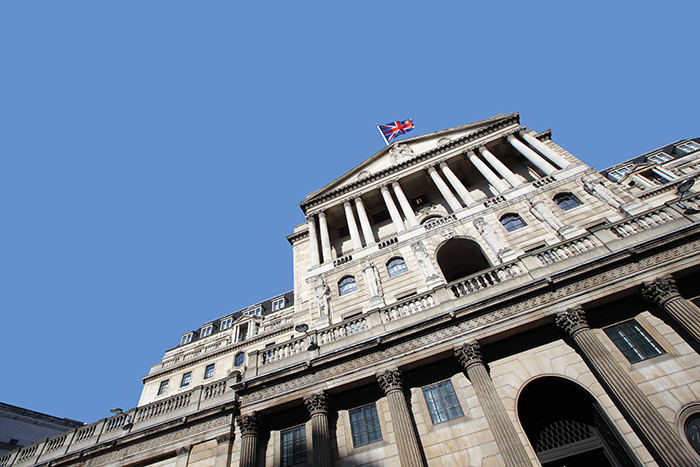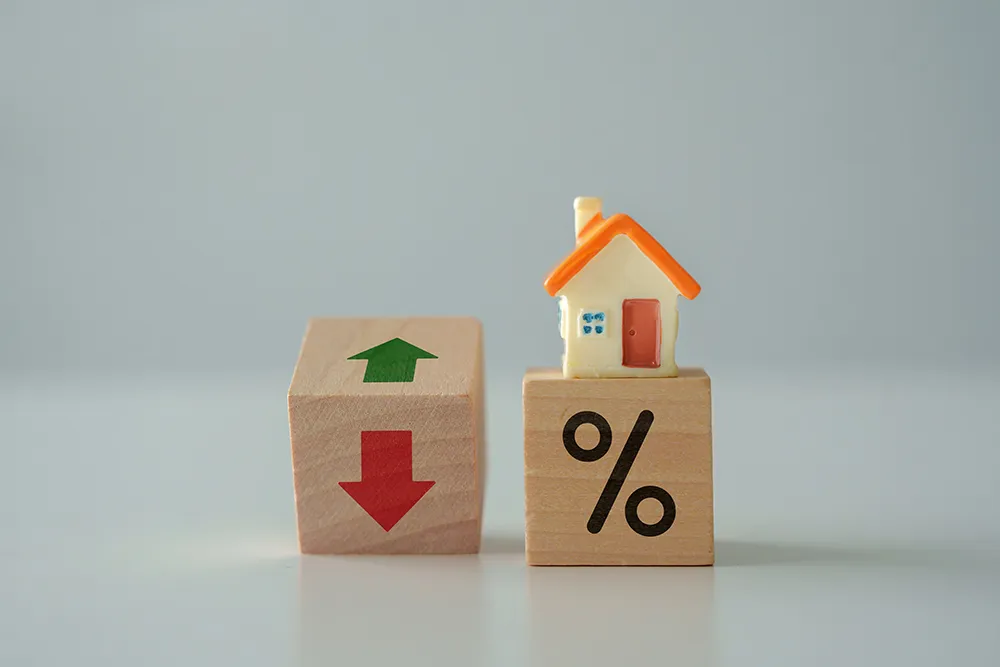
A modest increase in inflation is predicted when July’s figures are revealed next week, but it is not expected to move the Bank of England base rate, according to Hargreaves Lansdown.
Consumer prices index inflation has dropped back to the sit at precisely the Bank of England’s target rate of 2% in recent months.
But the investment firm says this looks unlikely to last, because much of the fall so far has been due to some big increases in early 2023 dropping out of the calculations as 2024 draws on.
A survey of 54 economic forecasters by Bloomberg suggests the headline figure could climb to 2.6% by the end of the year, before fading back to the target level in 2026.
Hargreaves predicts that July’s data could show inflation starting to edge higher. It says that if July’s figure comes in at 2.3% or investors are unlikely to be too spooked.
But if the figure goes much above this, investors are likely to start scaling back their expectations of how far and how fast the Bank of England will be able to reduce the base rate.
Head of personal finance Sarah Coles says: “The expected rise in inflation is unlikely to frighten the horses, so it shouldn’t have an impact on the Bank of England’s rate-setters just yet.
“The Bank of England has issued plenty of warnings that a rise in inflation is on the way.
“It largely comes down to energy prices.
“Every July, the energy price cap changes.
“This July it fell, but last July it fell further.
“The mathematical impact of replacing a bigger fall last year with a smaller fall this year means inflation will rise – even when prices are falling.
“The Bank has already said it’s not worried about this.
“It’s less focused on energy price movements and more interested in secondary effects.
“If core inflation, wage inflation and services inflation are reasonably under control, we can still expect another cut this year.
“The market’s expectations are baked into savings and mortgage rates, so they’ll only shift significantly if we get a notable surprise.”



